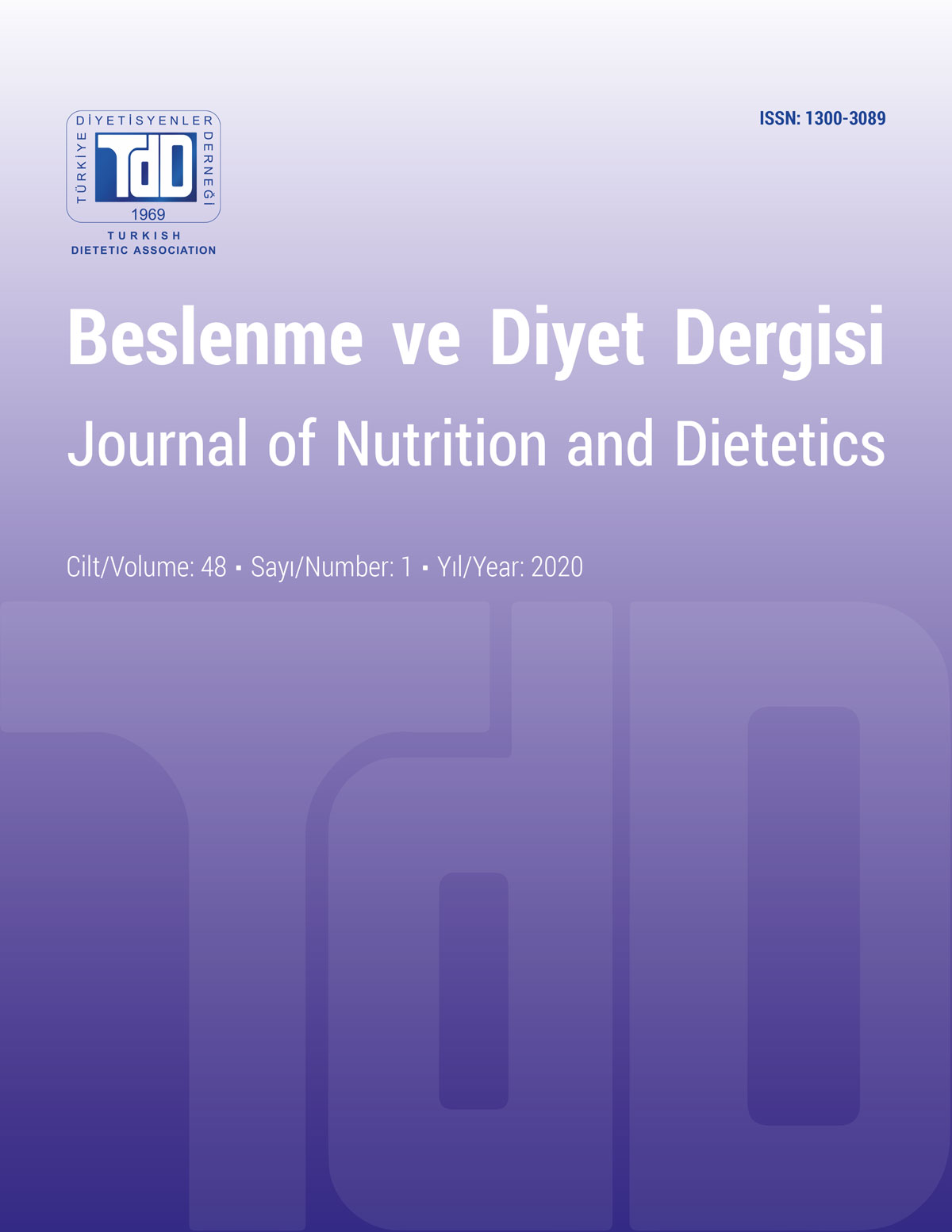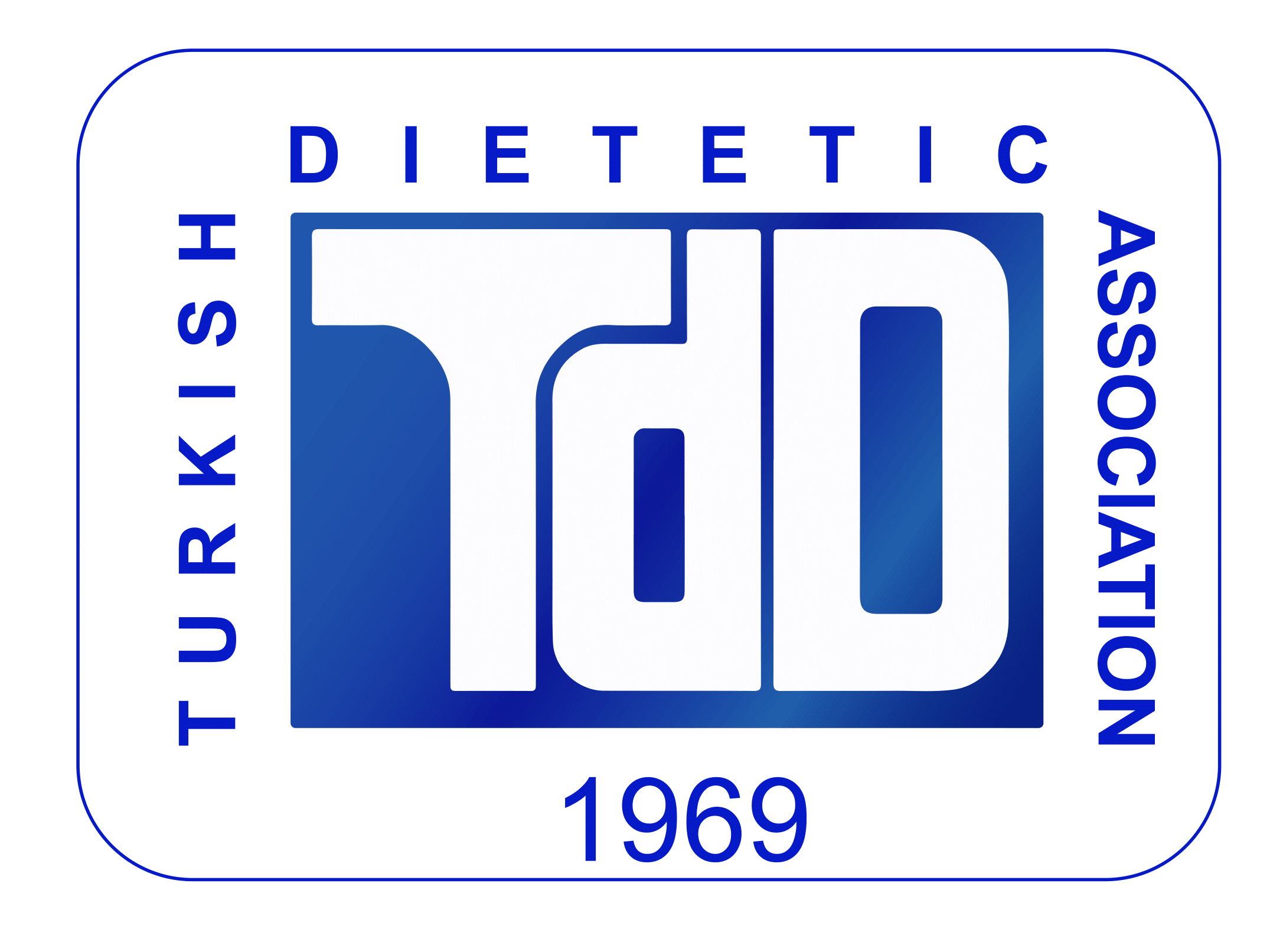Diet Quality, Dietary Acid Load and Their Relationship with Glycemic Control in Children and Adolescents with Type 1 Diabetes
DOI:
https://doi.org/10.33076/2020.BDD.1229Keywords:
Type 1 Diabetes Mellitus, diet quality, dietary acid load, metabolic controlAbstract
Aim: Although increased diet quality may be associated with good metabolic control and reduced risk of complications in type 1 Diabetes Mellitus (T1DM), Western-type diets commonly consumed nowadays have been shown to have low diet quality and high dietary acid load. In this study, it was aimed to determine the diet quality and acid load of children and adolescents with T1DM and to evaluate the relationship between these parameters and metabolic control.
Subjects and Method: Seventy-five T1DM and 88 healthy subjects aged between 8-18 years were recruited and anthropometric measurements of all participants were performed. To determine the diet quality and acid load, dietary intakes were recorded by a 24-hour recall method. Diet quality was assessed by the Healthy Eating Index (HEI)-2015 and the HEI-2015 revised according to Turkey Dietary Guidelines (TUBER). Estimation of the dietary acid load was made by calculating potential renal acid load (PRAL) value and net endogenous acid production (NEAP) score. As an indicator of metabolic control, the last measured HbA1c values were recorded.
Results: Diet quality of diabetic group (HEI-2015: 50.5±10.2, HEI-2015 according to TUBER: 45.5±9.6) was higher than healthy group (HEI-2015: 43.9±10.7, HEI-2015 according to TUBER: 37.8±10.9) and dietary acid loads were lower (diabetic group PRAL: -3.5±20.4, NEAP: 39.3±16.4; healthy group PRAL: 9.8±15.0, NEAP: 55.9±21.6 mEq/day) (p<0.001). Furthermore, there was a positive correlation between HbA1c and PRAL and NEAP scores, whereas a negative correlation was found between total scores of HEI-2015 according to TUBER and HbA1c in diabetic group (p<0.05).
Conclusion: Although the diet quality of children and adolescents with T1DM was better than their healthy peers, diet quality of those with T1DM was at low to moderate according to the proposed classification. Moreover, improving diet quality and reducing dietary acid load may be beneficial for good metabolic control.

